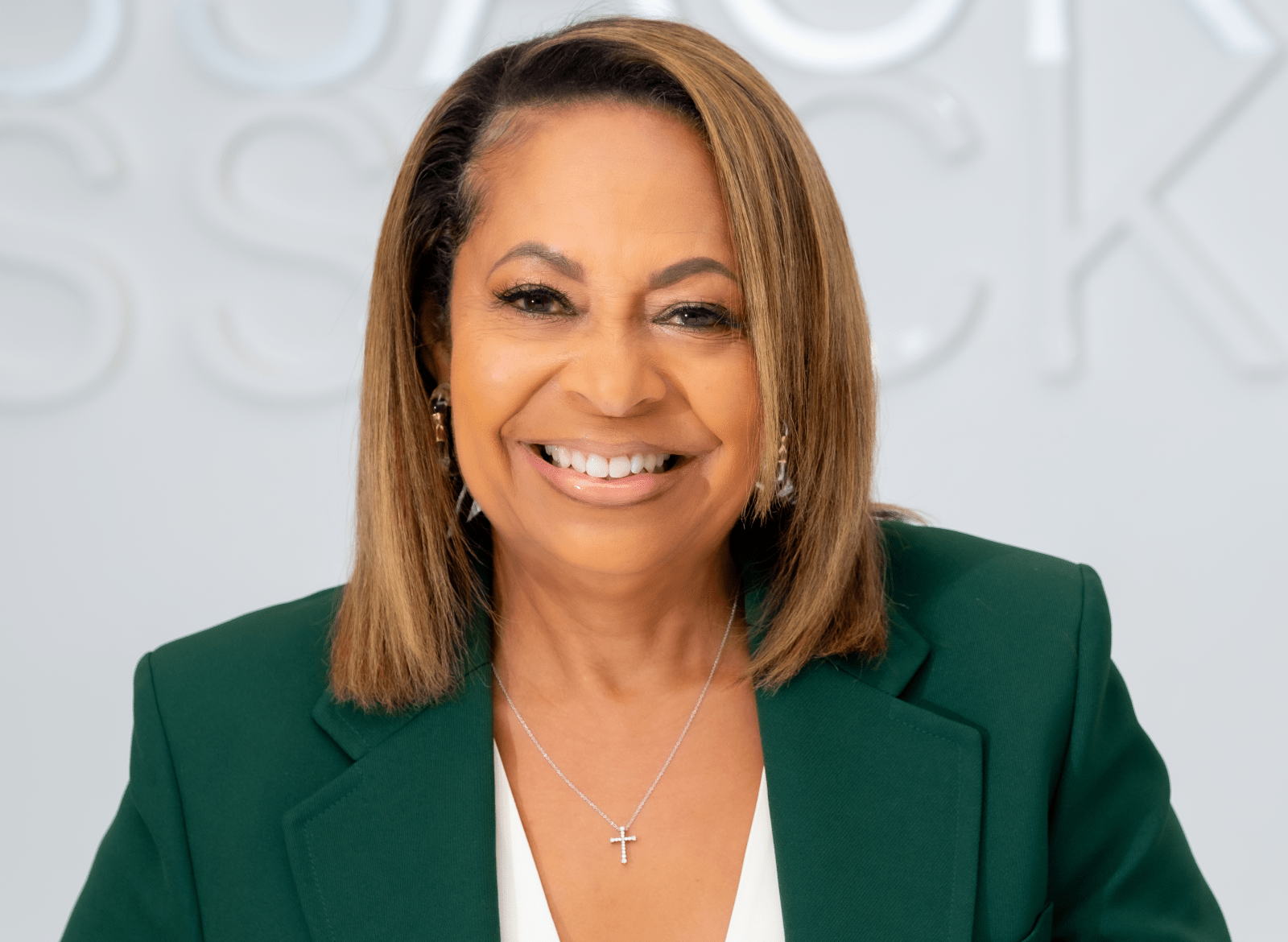In the next decade, Deryl McKissack (B.A. ’83) president and CEO of D.C.-based design and construction firm McKissack & McKissack, notes there will be an opening of nearly 600,000 jobs in the architecture, engineering, and construction (AEC) industry.
Though the AEC sector currently employs over 13 million workers, only 7% are Black. McKissack plans to boost Black representation in the field through her newly-formed nonprofit, AEC Unites.
AEC Unites aims to eradicate workforce inequities by cultivating deliberate opportunities for Black talent and businesses across the three AEC industry sectors. “The AEC industry makes life possible for all Americans, so we need all Americans to be aware and involved in this effort,” McKissack says. “Yet in the United States, our industry has never reflected the diversity of our populace.”
McKissack, a licensed engineer, is the fifth generation of her family to work in design and construction. Her great-great-grandfather, Moses Amos.
McKissack, started his own business in 1790 with the skills he learned while enslaved. McKissack & McKissack is an outgrowth of an architecture firm started in 1905 by McKissack’s grandfather, Moses III, and her great uncle, Calvin Lunsford McKissack, in Nashville.
Her father, William DeBerry McKissack, expanded the firm throughout the Southeast. From the age of six, McKissack would accompany her father to work.
He expected her to continue the family legacy in architecture and engineering. He also cemented her relationship with Howard University. “I could go to school anywhere in the world,” McKissack fondly recalls with a chuckle, “but he would only pay for me to go to Howard.” McKissack’s namesake company has amassed over $15 billion in projects under construction nationwide.
In the DMV alone, McKissack has worked on the National Museum of African American History and Culture; the Lincoln, Thomas Jefferson, and Martin Luther King, Jr. memorials; the MGM National Harbor stadium; and the Washington Nationals’ Major League Baseball stadium.
Article ID: 1976




